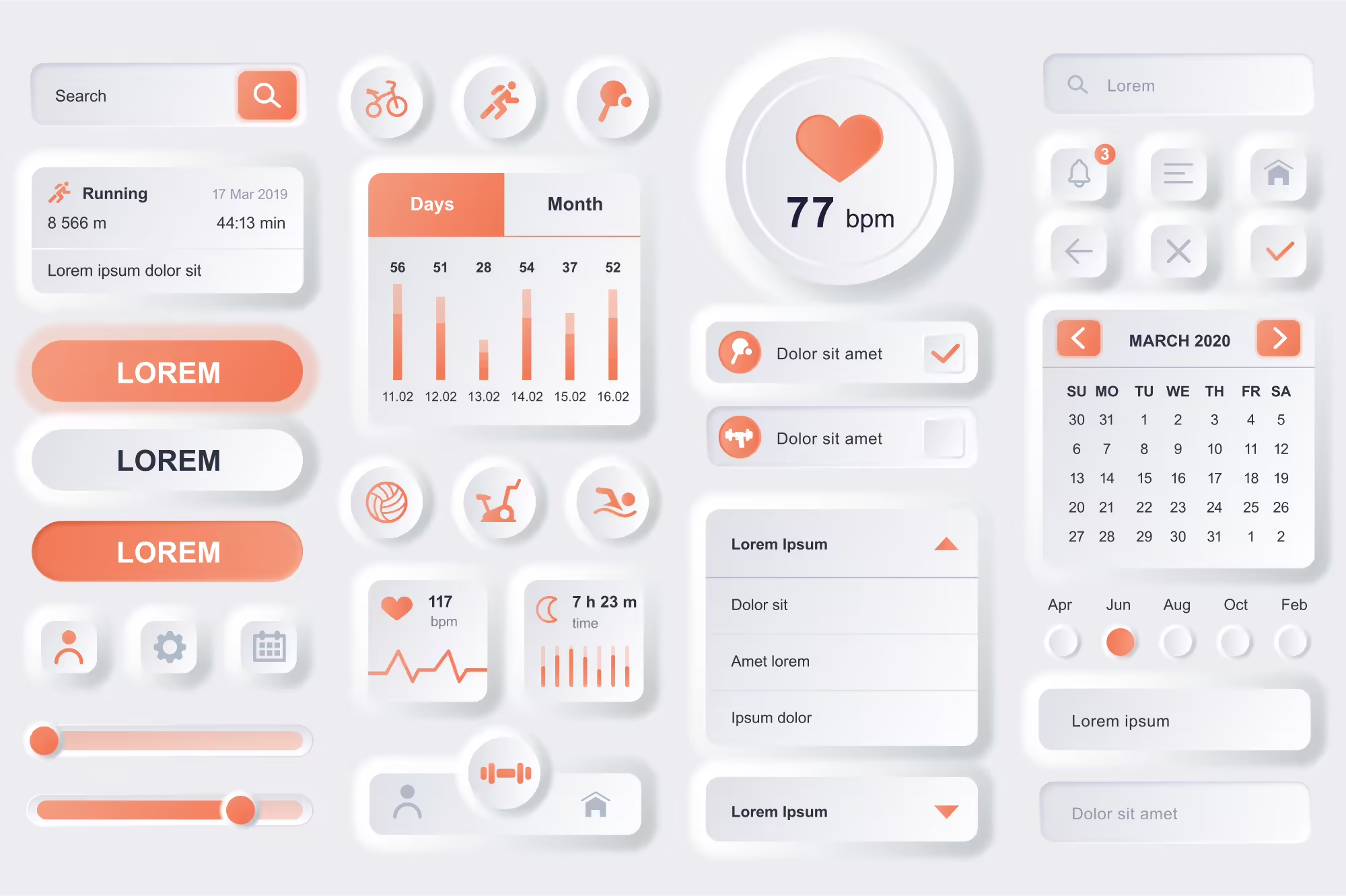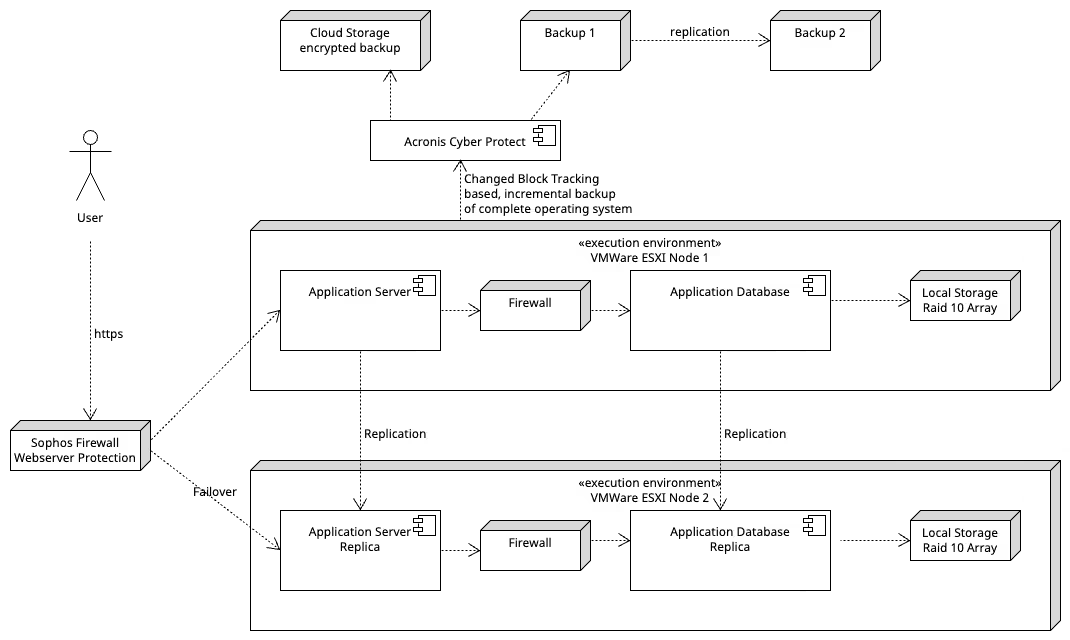CIIT team in an internal meeting
Requirements analysis
Requirements analysis, UI design, application architecture
You have decided to develop a new application or have it developed and would first like a detailed conception of the functionalities to be implemented and perhaps also a detailed design of the user interface.
Requirements Gathering
Our requirements engineering specialists conduct requirements workshops with your departments to capture, precisely formulate and harmonize the wishes of all stakeholders. The results are refined through reviews and documented in a technical concept.


UI design
The user interface is first created in the form of wireframes and then worked out in graphic detail. Our UX (User Experience) specialists work closely with our graphic designers to design a contemporary user interface that is tailored to the user group.
The aim is always to involve future users as much as possible. The most modern concepts for designing user interfaces are used.
Use of existing UI components versus in-house development
An important decision in the development process is the use of existing component libraries for the implementation of the user interface. If there are very specific requirements for the design and look & feel of the application, the interface components are often developed completely individually.
A more cost-effective option is to use prefabricated components, which save the development team and graphic designers a lot of effort and thus reduce development costs. The disadvantage of this is that the interface can be customized to a lesser extent.


Design of the technical architecture
Whenever an application is developed, the question arises as to which programming languages, frameworks and libraries are used. In addition, integration, security and operational aspects must be included in the application architecture. In addition, the following questions are examined, among others:
- Will the application be hosted on-premises, with a local managed service provider, or in a public cloud such as AWS, Microsoft Azure, or Google Cloud?
- Which integrations into other systems should be implemented during development?
- Which data and legacy applications need to be migrated before going live?
- In which expansion stages is the go-live planned?
- Are app or cloud connections required?
All these aspects influence the technical implementation and system architecture of the application, which is worked out and described in detail.
Contact us!
Let us realize your vision together. We look forward to your inquiry!